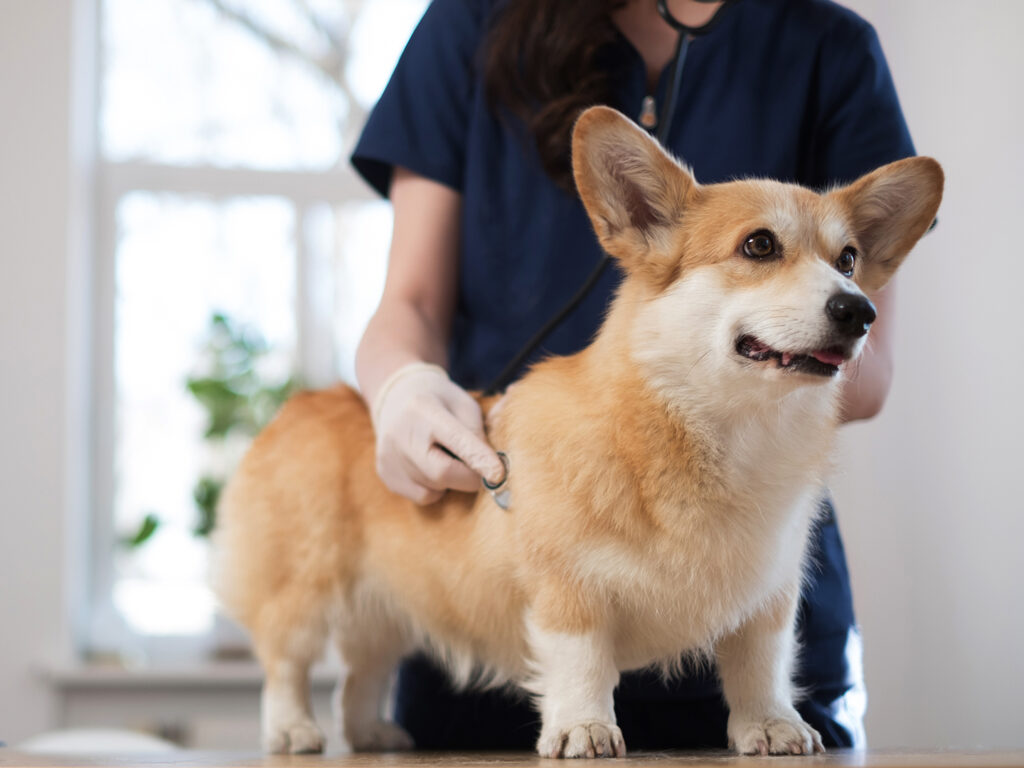Knowing Requirements For Your Pet’s Rabies Vaccination

Routine vaccinations are an essential part of your pet’s veterinary care, and veterinarians typically guide owners on how often your pet needs which shots. In the case of rabies, however, owners may be asked by their veterinarian if they prefer a vaccine that lasts one year or three years.
“The differences between one-year and three-year vaccines depend on the specific vaccines,” said Dr. Lori Teller, a clinical associate professor at the Texas A&M School of Veterinary Medicine & Biomedical Sciences. “Many of the adjuvanted vaccines — or vaccines with an added chemical to boost immune response and ensure protection — are similar, with the only difference being the label. The biggest factor that owners should consider is what the law is in their jurisdiction.”
Local And State Laws On Rabies Vaccines
The beginning of the rabies vaccination schedule is the same for cats and dogs, which is important for owners to follow since rabies is a viral disease that spreads through bites or saliva. This infectious disease will affect the central nervous system and cause symptoms such as excessive drooling, aggression, seizures, and death.
There is no effective treatment for rabies, and because rabies can spread from animals to humans, vaccinations are necessary to protect both pets and their owners.
“Rabies is considered a core vaccine, meaning that all dogs and cats should be vaccinated for protection against this fatal disease,” Teller said. “A puppy or kitten should receive their first rabies vaccination between 12-16 weeks of age and then will require a booster vaccination 12 months later. Any subsequent vaccinations will be determined by what local or state laws mandate.”
In fact, local and state laws can differ depending on how severe the risk of rabies is in an area, making it crucial for owners to discuss local vaccination requirements with their veterinarian. These laws should at least outline how often a pet should be vaccinated and with which form of the rabies vaccine.
“Laws regarding rabies vaccination vary from state to state and from jurisdiction to jurisdiction,” Teller said. “Texas requires dogs and cats to be vaccinated against rabies, but some states do not require it while others require only dogs to be vaccinated. Some municipalities require pets to be vaccinated annually, others require biennial rabies vaccinations, and then many require triennial vaccinations. There are even some that require a pet to be vaccinated annually with the three-year vaccine.”
If a pet is found to be unvaccinated for rabies or has bitten someone, owners can be fined or their pet may be quarantined away from home until it is confirmed they are not infected. Pets are also typically required to be vaccinated if they are around other animals, such as in a boarding facility or grooming salon.
Rabies Vaccine Requirements Depending On Pet
As long as local and state guidelines on rabies vaccines are met, owners may be given the option to choose between the one- or three-year forms of the vaccine. These options are dependent on the type of pet, according to Teller.
“If the law says that a pet can receive a three-year rabies vaccination every three years, then that would be appropriate for most dogs,” Teller explained. “The caveat to this is for cats because many veterinarians use the feline-specific, non-adjuvanted vaccine, and they prefer the one-year version for cats because it is less expensive than the three-year version and is less likely to cause short-term side effects, such as low-grade fever or tenderness at the vaccination site.”
Working with your veterinarian to determine which rabies vaccine is right for your furry friend will keep them safe and healthy while also preventing the disease from spreading in your local community.
Pet Talk is a service of the School of Veterinary Medicine & Biomedical Sciences, Texas A&M University. Stories can be viewed on the web at vetmed.tamu.edu/news/pet-talk. Suggestions for future topics may be directed to vmbs-editor@tamu.edu.


